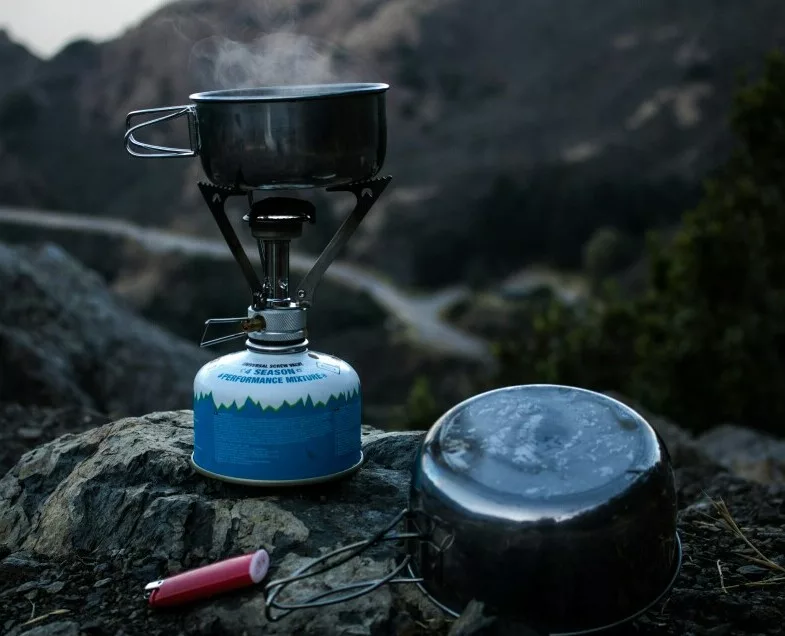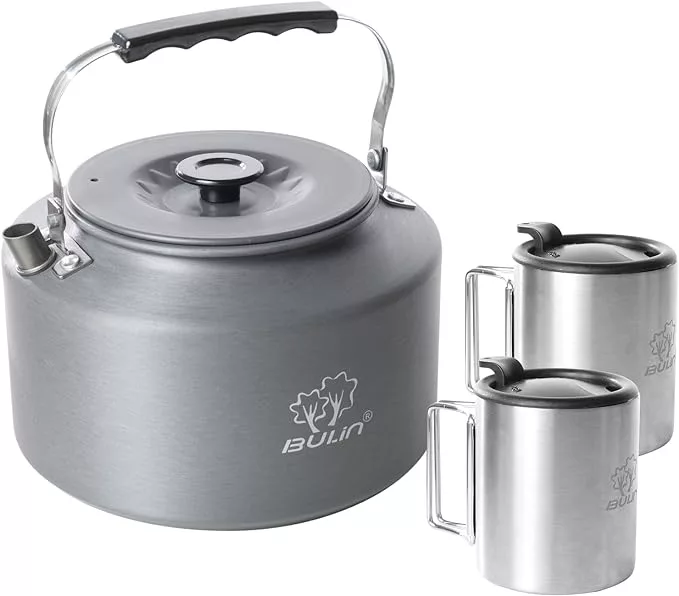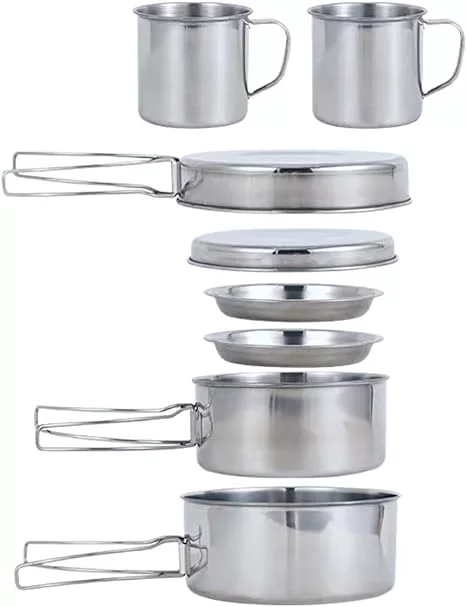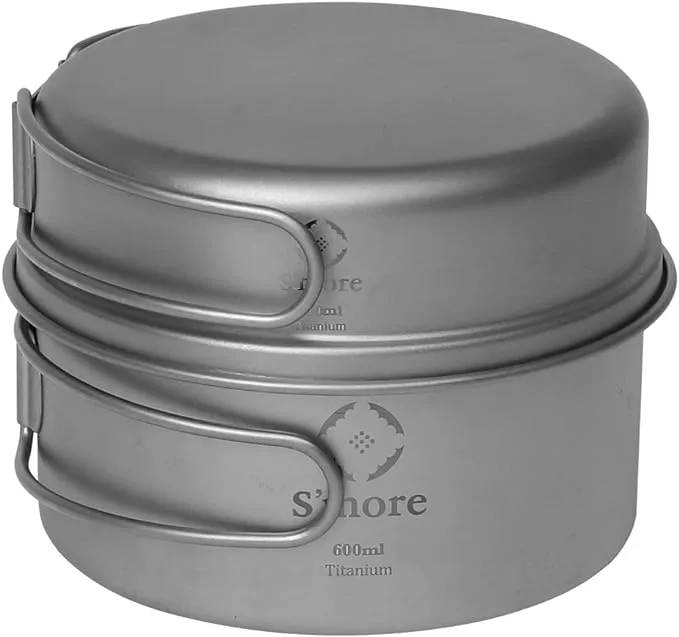The Pros and Cons of Camping Cookware Materials

When it comes to choosing the right cookware for your camping adventures, the material of your pots and pans can make a significant difference in your outdoor cooking experience. Whether you’re a fast packer looking to shave off every possible ounce, or a backcountry chef ready to whip up gourmet meals in the wild, understanding the pros and cons of different camping cookware materials is crucial.
Hard-Anodized Aluminum: Lightweight Versatility
Pros:
- Lightweight and Versatile: Hard-anodized aluminum strikes a balance between weight and durability, making it a popular choice for many backpackers.
- Even Heat Distribution: This material is excellent at conducting heat evenly, which helps prevent hot spots and burns.
- Easy to Clean: Especially when treated with a nonstick finish, hard-anodized aluminum cookware is a breeze to clean.
- Fuel Efficient: Efficient heat transfer means you’ll save on fuel, an essential factor on longer trips.
- Durable: The hard-anodized finish enhances its durability, making it more resistant to scratches and dents.
- Affordable: Offers a good balance between cost and performance.
Examples: MSR cook sets and Trail Lite™ Pots are notable for using this material. For those who prefer nonstick options, the MSR Ceramic Pot Sets, with their ceramic nonstick surface, provide durability and high heat resistance without the use of PFTE and PFOA.
Cons:
- While versatile, hard-anodized aluminum is not the lightest option available, which might be a consideration for ultra-light hikers.
Stainless Steel: Rugged and Reliable
Pros:
- Durability: Stainless steel is known for its toughness and resistance to scratches and dents, making it ideal for heavy use.
- Scratch-Resistant: It’s the most scratch-resistant of all the materials, perfect for those who are hard on their gear.
- Affordability: Stainless steel cookware tends to be less expensive and very rugged.
Examples: The MSR Alpine™ line features this material, including the Alpine Fry Pan which has an aluminum disc to improve heat conduction.
Cons:
- Heavier: Stainless steel is significantly heavier than both aluminum and titanium.
- Poor Heat Conduction: It does not conduct heat as well as other materials, which can lead to uneven heating and hot spots.
Titanium: Ultralight Strength
Pros:
- Ultralight: Titanium is 45% lighter than steel, making it the go-to choice for fast-and-light backpackers.
- Strong and Corrosion-Resistant: Despite its light weight, titanium is incredibly strong and highly resistant to corrosion.
- Quick Heat Transfer: Its thin walls allow for rapid heating, which is ideal for boiling water quickly.
Examples: MSR Titan™ cookware is a top choice for those needing ultralight performance without sacrificing strength.
Cons:
- Hot Spots: Titanium’s thin walls can create hot spots, making it less suitable for cooking complex meals that require even heat.
- Not Ideal for Real Meals: Best used for boiling water rather than for simmering or cooking more involved dishes.
Final Considerations for Backpacking Cookware
When selecting cookware, it’s important to consider factors beyond material. The efficiency of your cookware can also be influenced by the color, pot diameter, and height. Darker pots, for example, are more fuel-efficient because they absorb heat better. Additionally, wider-diameter pots transfer heat faster and more evenly, further enhancing cooking efficiency.
In conclusion:
Choosing the right material for your camping cookware depends largely on your specific needs and priorities. Hard-anodized aluminum offers a great balance of weight, durability, and cost-effectiveness. Stainless steel is unbeatable for those who need rugged, heavy-duty cookware. Titanium, while the most expensive, provides the ultimate in ultralight strength for minimalists. Understanding these pros and cons will help you make an informed decision, ensuring your outdoor cooking adventures are as enjoyable and efficient as possible.
** Here’s a little transparency. Our website contains affiliate links. This means if you click and purchase, we may receive a small commission. Don’t worry, there’s no extra cost to you. It is a simple way you can help support our mission to bring you quality content. **
(As an Amazon Associate, I earn from qualifying purchases)


